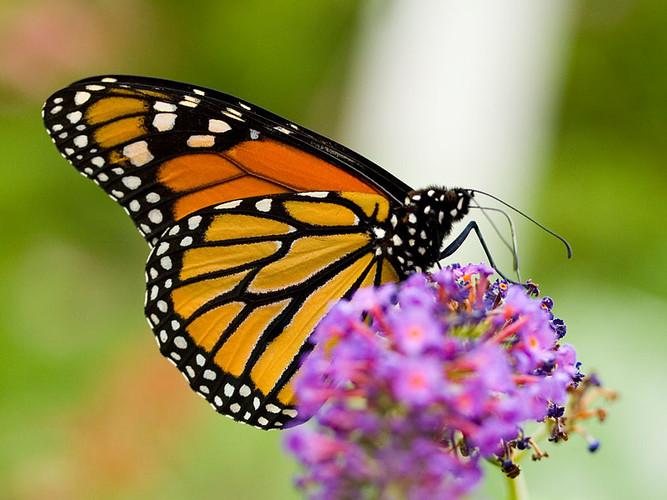Pollinator Program
Greenbelt celebrates honeybees, butterflies, and other pollinators important to our flowers and food supply. Without them, there would be no pollination, and the fruits and vegetables we depend on to survive could disappear.
Did You Know: More than 150 food crops in the U.S. depend on pollinators, including almost all fruit and grain crops.
Did You Know: Bumblebees learn to visit flowers that reward them with nectar and pollen, and they provide flowers with pollination services in return?
Honey Bees
Greenbelt maintains two honey bee hives, used both for honey production and as a resource for educational initiatives.


How Does A Beehive Work?
Introducing New Bees to the Hive
Bees Placed in the Hive
Queen Introduced to the Hive
Saving the Bees


Native Pollinators
In addition to providing protected ecosystems on our conservation land, Greenbelt also maintains a pollinator garden at Cox Reservation, showcasing native plants that are great habitat for native pollinators like butterflies, native bees, flies, and moths.
